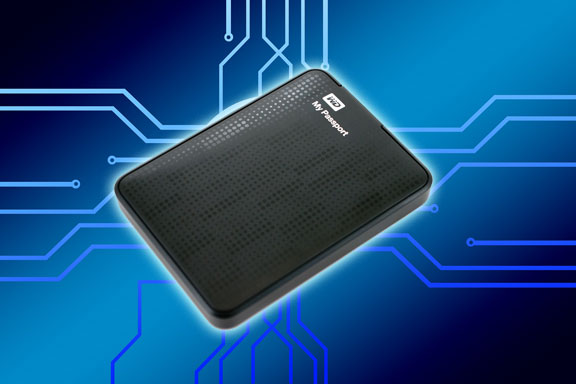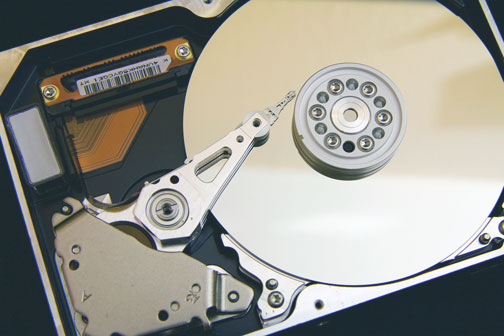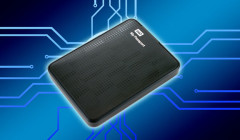The Blonde’s Further Adventures
Several years ago in this column I followed the adventures of the blonde semi-tech and her exploits with various technical challenges on her computers.
 For a while now, life has been quiet — humming along (though granted, rather loudly in the case of one computer, whose fan, unlike the ultra-quiet MacBook Air, seemed to run at about Mach 6 all the time) as it should.
For a while now, life has been quiet — humming along (though granted, rather loudly in the case of one computer, whose fan, unlike the ultra-quiet MacBook Air, seemed to run at about Mach 6 all the time) as it should.
But not long ago, two, count them 2 external drives failed.
Both are the same make/model — Western Digital My Passport. One of them I was able to recover. The jury (not to mention the data) are still out as I write this.
What happened? In the case of one drive, I have no idea. I put it in the freezer and promptly forgot about it, so clearly none of the data was critical. Just recently, I went to put the second one in (I will explain shortly) and found the old one. I swapped them, and the one that had been in deep freeze for who knows how long started up and ran long enough for me to pull my data off of it. (The trick is that sometimes — SOMEtimes — a drive, internal or external — will start up again and give you enough time to extract your data if you cool it down sufficiently.)
In the case of the other drive, I traveled with it, and I can only imagine that in tossing it around inside a tiny airplane cabin I somehow managed to make the drive unhappy and some internal mechanism is refusing to behave.
Circling back on the freezer episode: a hard drive isn’t all that complex a mechanism: a power source, spinning plates, a data link. The difficult part is that the tolerances in a drive, particularly ones designed for laptops or for a small, portable drive, are very small. So if some dust or debris gets into a critical area, it can stop the plates from spinning. If an element in the drive is touching something it shouldn’t and gets a little too hot, the metal can expand and thus prevent the device from spinning up. Sometimes tapping it lightly can dislodge a particle that’s jamming up the works. Sometimes the connector/power cord can lose a tiny wire to wear and tear and not have enough power to supply the device. In other words, there are many reasons why very miniaturized devices with small, moving bits and pieces, can fail.
That doesn’t mean, of course, that your data is “gone.” It can be oh so close, and oh so far away.
 So. when calamity strikes, here (in my particular order) is how you reach the point of “call a pro!”
So. when calamity strikes, here (in my particular order) is how you reach the point of “call a pro!”
First try to unplug the device and plug it back in, in hopes that it was a poor connection and your computer will recognize the device. (If it makes a happy sound – so far so good!)
Feel it to see if it’s spinning, or if you can feel a clicking or failing attempt to spin up. Gently shake or tap it — if something has gotten out of alignment or a small spec of something is jamming the plates, you might get lucky and shake it out.
Try changing the cord, and the port you’re plugging into. Either could be bad, or failing.
If you’re at the click but nothing more stage, you can try the freezer trick — wrapping the drive up good and tight and waterproof, stick it in the cold for an hour or so. Try again. You may just buy enough time to move the data off before it fails for good.
If, at this point, nothing else works, there are further steps you can take (such as recovery software that may or may not work, and, if you’re so inclined, opening the drive itself to see if you can spot a problem. But this is where I call a pro — depending upon the importance of my data — and spend the money up to and including the time it would take me to replace my data and hope that, in skilled hands, my drive will give up the goods.
I’ve got a call in now. I’ll let you know how it goes!










